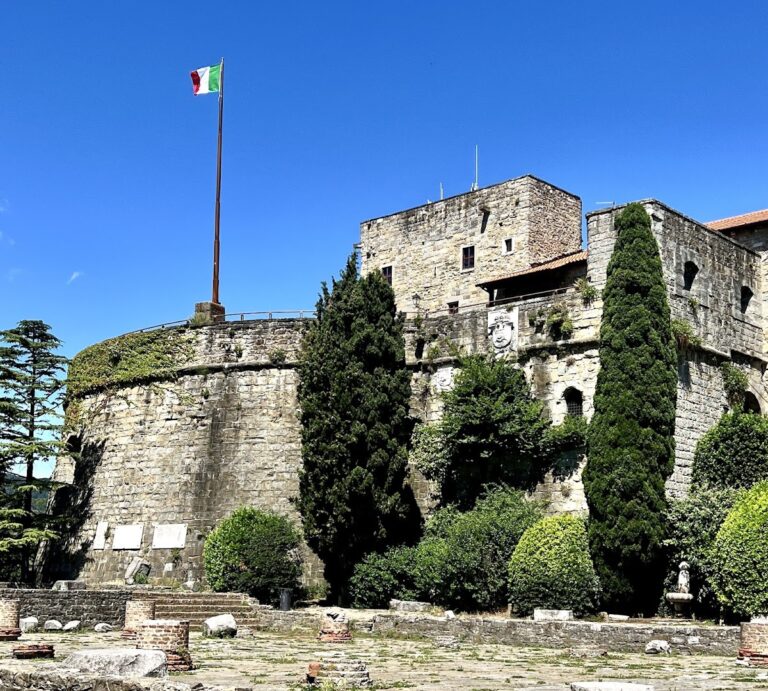Arco di Riccardo: A Roman Arch in Trieste
Visitor Information
Google Rating: 4.3
Popularity: Medium
Google Maps: View on Google Maps
Country: Italy
Civilization: Roman
Remains: Civic
History
The Arco di Riccardo stands in Trieste, a city in the northeastern Italian region of Friuli Venezia Giulia. This Roman arch dates back to the 1st century BCE, likely built during the rule of Emperor Octavian Augustus around 33-32 BCE.
In the first century CE, the arch underwent architectural modifications. Its decorative elements suggest a redesign or enhancement during the Claudian-Neronian or Flavian periods, roughly between 50 and 75 CE. This phase may reflect the arch’s evolving role, either as a city gate or as an entrance to a sanctuary dedicated to the Magna Mater, also known as Cybele, a goddess worshipped in Roman religion.
Throughout the Middle Ages, the arch’s original function faded, and it became partially incorporated into surrounding buildings. By the early 20th century, the western side was cleared of later constructions, revealing the arch more fully, while the eastern side remains embedded within a modern structure.
The name “Arco di Riccardo” is linked by popular tradition to Richard the Lionheart, who was said to have been imprisoned in Trieste in the early 1190s. However, more credible explanations suggest the name derives from a corruption of “Arco del Cardo,” referring to its location at the start of the cardo maximus, the main north-south street in Roman cities. Another theory connects the name to “ricario,” a medieval magistrate whose office was near the arch.
Remains
The Arco di Riccardo is a single-arched stone structure measuring approximately 7.2 meters high, 5.3 meters wide, and 2 meters deep. It is built in the Roman style, consistent with construction techniques of the late Republic and early Empire periods.
The arch features two pilasters, or flat columns, on its sides, though only the left pilaster remains fully visible today. These pilasters have fluted shafts topped with Corinthian capitals, a decorative style common in Roman architecture. The ceiling of the arch was adorned with coffered panels, which are recessed square or rectangular decorations that add depth and detail.
The upper part of the arch has a simple cornice without additional ornamentation. The eastern side of the arch remains partially embedded within a modern building, while the western side was cleared of later additions in 1913, exposing the structure more completely. Its location and form suggest it marked the entrance to the cardo maximus, the principal north-south street in Roman Trieste. The arch is the only surviving fragment of the ancient Roman city walls in the area.










